In our previous article, we provided an overview of Destination Entry Postal Drop Shipping, and the various shipping service options available. In this article, we’ll look deeper into four specific options for mailers looking to maximize postage discounts for all of their standard class mail: Truckload, Consolidation, Commingle, and Co-Pal.
Truckload and Consolidation
Mailers with extremely large volumes of qualified destination entry mail may have enough mail going to specific USPS destination facilities to create direct “truckload” shipments. In these scenarios, a tractor-trailer is filled entirely (or substantially) with palletized mail from a single source, and logically routed to several destination USPS facilities. While not common (due to the mail volumes required) “truckloads” are typically the fastest and most reliable ground-based shipping service available, though usually not the most economical.
For mailers who do not have “truckload” volumes, and do not have critical in-home date targets, the “consolidation” shipping model usually offers the highest net postage savings in exchange for the longest delivery times. In this model, palletized mail from multiple clients is brought to a large cross-dock warehouse facility, where it is staged alongside other palletized mail bound for common NDC / SCF destination facilities. Once the consolidator has a sufficient volume of aggregate mail, dedicated multi-stop truckloads are created and the mail is shipped together. In this model, NDC mail usually departs the consolidation facility multiple times per week, as does mail to SCF facilities in high density markets. For smaller, less common, or especially distant SCF facilities, mail consolidators typically use LTL shipping.
Commingle and Co-Pal
While “Commingle” and “Co-Pal” may sound related, the services are very different. First, let’s consider the commingle option.
With any large volume standard class mailing, there is usually some residual mail which doesn’t qualify for destination entry shipping discounts. This “non-qualifying” (or “non-dest”) mail can be handled in one of two ways. Either the mail can be entered at the nearest BMEU facility at the full postage rate, or the mail can be sent to a “commingler.”
Mail sent to a “commingler” is blended with non-qualifying mail from many other clients using advanced inline machining processes which sort and combine the mail into trays. The resulting mail volumes have enough end-point saturation to quality for destination entry savings, so the mail can be palletized and shipped as with any other destination entry mail. While the mailer may realize limited savings for choosing to commingle non-qualifying mail, and will certainly benefit from better in-home performance, the majority of the destination entry postage savings is retained by the commingle facility as a profit center (and to offset the cost of commingle operations).
“Co-Pal” (i.e. co-palletization) is blended into the “consolidation” model. With Co-Pal, trays (containers) of pre-sorted mail from multiple mailings and clients are stacked together on pallets for shipment to common USPS destination entry facilities. Co-pal pricing is typically a cost-per-thousand-pieces (CPM) based upon the individual mailpiece weight. Since the qualification level of the trays does not change, the main benefit of co-palletization is that each mailing on the pallet effectively shares the total cost of shipment to the NDC / SCF destination and improved delivery times (when compared to non-dest entry).
For maximum postage savings, consolidation is usually the clear winner. Most mailers usually employ Co-Pal and Commingling for residual mail, and for smaller mailings that don’t have the volumes and densities to qualify for destination entry discounts.
LTL Shipping and BCC Software
In the final article of this series, we will discuss the benefits of LTL (less-than-truckload) shipping for destination entry drop shipping, and how BCC Software helps streamline the LTL shipping process.

